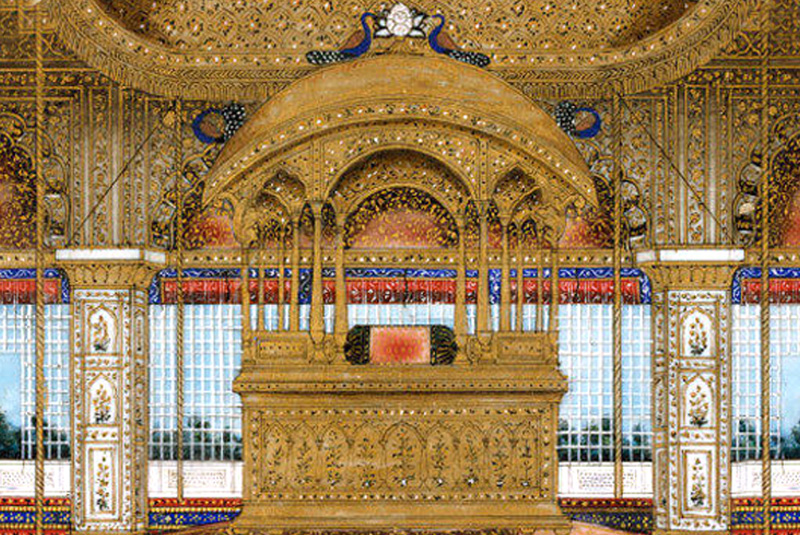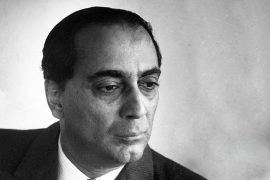Mughal Emperor Shah Jahan was a connoisseur of art and a lover of luxury. The monuments he commissioned and created are admired as some of the most beautiful in the world. One of the many luxuries that decorated his palace was The Peacock Throne.
A king and his luxury go hand-in-hand. But the peacock throne was different. It embarked on a journey longer than the life of its creator.
Shah Jahan’s rule was seen as the Golden Age in India. His reign was prosperous. Trade flourished. So did arts and crafts. Civil matters were administered well, too. He even established a new capital named Shahjahanabad. Yet Shah Jahan felt something missing.
The Emperor wanted to emulate King Solomon, who is mentioned in the religious texts of Islam and Judaism as one of the wisest kings ever. People would come from faraway lands to listen to his wise sermons and judgements.
With great wisdom comes great prosperity –– the lesson from King Solomon’s life. But wisdom was not what Shah Jahan wanted. Rather, Shahjahan tried to refashion himself as a King richer than Solomon. He wanted to be the Mughal Emperor who brought prosperity to his kingdom. Before he began to rule, he worked to fashion himself after King Solomon.
-30-
Copyright©Madras Courier, All Rights Reserved. You may share using our article tools. Please don't cut articles from madrascourier.com and redistribute by email, post to the web, mobile phone or social media.Please send in your feed back and comments to editor@madrascourier.com











